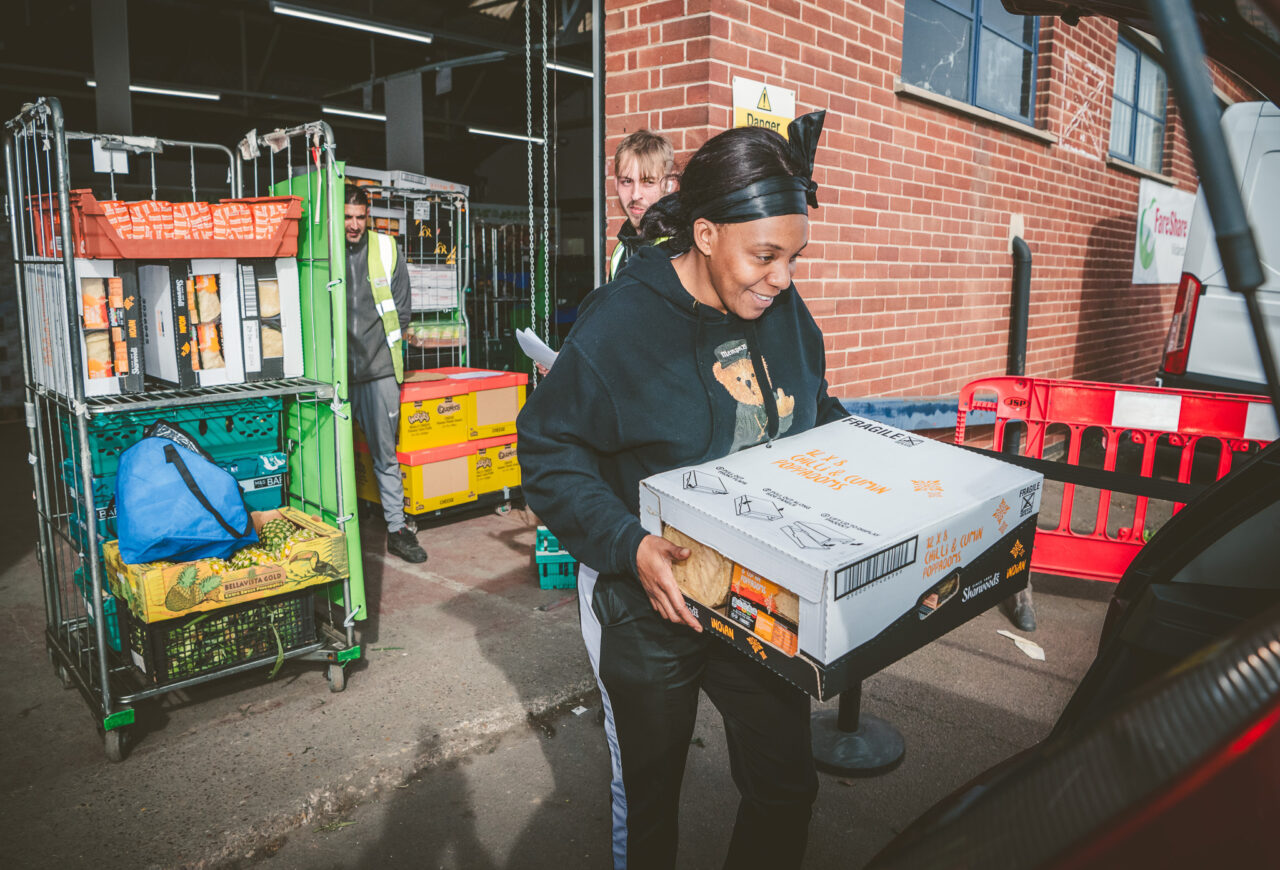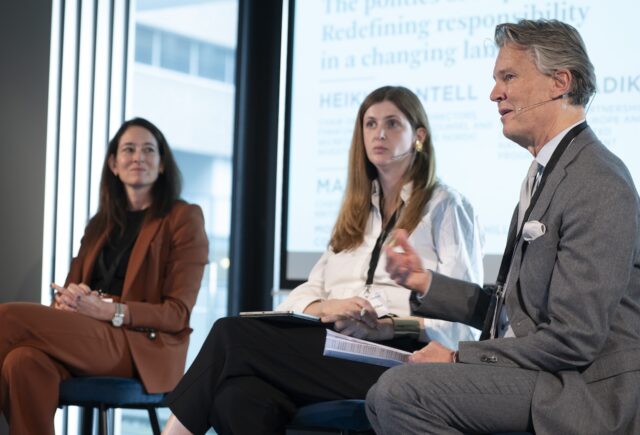The fund supports social enterprises and charities struggling for finance in a difficult economic climate, while also facing increased demand for their services.

UK impact lender Social Investment Business (SIB) has launched a £17m (€20.4m) fund to provide low, fixed rate lending to a range of charities, social enterprises and community organisations. The funding provides investment that would otherwise be hard to come by, allowing them to grow their services, buy assets and diversify their income streams.
The Community Builders Fund will make loans, backed by government guarantees, to applicants in England, Scotland and Wales through specialist delivery partners with the aim of allowing funding to reach a wide range of organisations working in areas such as nature and environment, homelessness, co-operatives and architectural heritage.
The fund builds on SIB’s previous Recovery Loan Fund (RLF), which was established in 2021 to counter the impact of the Covid pandemic on social enterprises, community organisations and the people they serve. That provided £16.5m to 68 organisations.
Supporting the social sector
Nick Temple, SIB’s chief executive told Impact Investor that carefully targeted support for the social sector was badly needed, as organisations struggle to stay afloat against a difficult economic backdrop.
“It’s a challenging time, and we anticipate quite a lot of demand and need. But we need to lend responsibly and only invest where it’s appropriate and it’s going to help strengthen organisations, not burden them unnecessarily,” he said.

Loans of £100,000 to £1.5m will be available to successful applicants. These loans are designed to be accessible and affordable fixed rate loans of up to six years, in line with the terms of the government guarantees backing the loans. Applications can be made via the fund’s page on the SIB website.
Delivery partners for the RLF included Wales Council for Voluntary Action, Resonance, Key Fund, Charity Bank and Big Issue Invest. For the new fund, these have been augmented by five further partners: : Homeless Link, Groundwork, Co-operative and Community Finance, Fredericks Foundation, and The Architectural Heritage
Wider reach
Temple said the specialist knowledge of the new partners would help the fund broaden its reach in terms of access to new types of loan applicants and the ability to deliver its services.
The Community Builders Fund is being supplemented by a further £1m of grant funding for Black and racially minoritised-led charities and social enterprises in England, which is being disbursed alongside loans in an effort to bring more of these organisations into SIB’s orbit.
An SIB study of more than 4,000 organisations concluded that Black and minoritised ethnicity-led organisations tend to be smaller than others and found it harder to attract investment.
Since the grant scheme was first rolled out in 2022, the share of successful applicants originating from Black and racially minoritised groups had risen from 4% then to 29% in 2024, according to SIB.
The grant funding is provided by Access – The Foundation for Social Investment. It is delivered in partnership with SIB, the Ubele Initiative and Create Equity.
One example of a social enterprise supported by a SIB fund is Fareshare Midlands. Part of a wider Fareshare network, Fareshare Midlands sources and then redistributes good quality surplus food that would have otherwise gone to waste. Partnering with over 500 local community organisations, the scheme reaches around 85,000 individuals in need in central England.
After demand for its services increased sharply, the organisation successfully applied for a mixed grants and loans package from SIB, which has provided its leaders with the resources to review and streamline their operations to support growth.
Investor mix
SIB estimates it has supported over 3000 charities and social enterprises since 2002, with loans and grants deployed and managed by SIB due to hit a cumulative £750m this year.
Originally mainly a conduit for government spending on the social sector, SIB now has a broader investor group. For the Community Builders Fund, this includes – among others – Better Society Capital (BSC), the Church of England, social investor Fusion 21, the Clothworkers Foundation and other foundations.
Temple said that SIB was positioned in the “slightly deeper impact end of the impact investing spectrum”, where its investors expected lower than market-rate returns.
The mix of wholesale, institutional and philanthropic backers had served SIB well, according to Temple.
“For us, it’s been about getting that blend of investors together to work with us over the long term, and they’ve all been hugely supportive and flexible in terms of their expectations as well,” he said,
In its other activities, SIB is also helping to deliver on a £15m Energy Resilience Fund, in which BSC has invested £6m. This provides a blended funding package of loans and grants to improve the energy resilience of charities and social enterprises in England. SIB delivers that in partnership with Big Issue Invest, Charity Bank, Co-operative and Community Finance, Groundwork UK, Key Fund, Resonance, the Architectural Heritage Fund and the Ubele Initiative.
Better Society Capital itself has just launched a joint venture with Thrive Renewables to mobilise £40m for community-owned wind and solar projects across the UK.
SIB has also been delivering the government-backed Youth Investment Fund, comprising £300m of capital and revenue grants to build youth centres, and improve the job prospects and wellbeing of young people in deprived areas of England.
Temple said the centres should benefit some 45,000 young people. Around 200 buildings were due to be completed by end-March, with up to another 50 to be completed in the next year.





